Mountain bikers in California are mobilizing to “Save the Hoot Trail,” a 1.5-mile beginner-friendly downhill flow trail in Nevada City that’s filled with berms and rollers. A recent group ride in support of the Hoot Trail drew over 100 mountain bikers, including renowned MTB influencers caliradokid and nrml_mtber. The local mountain bike advocacy group that built and maintains the trail, Bicyclists of Nevada County (BONC), has been working to rally support for weeks, and MTB Norcal has also gotten involved.
What’s the threat to the Hoot Trail?
According to an Instagram post by BONC and a letter authored by the trail organization, the USFS is planning to shave down the berms and rollers on the Hoot Trail and eliminate all of the jumps in an attempt to reduce the speed of mountain bikes on the trail and placate non-mountain bike users, primarily a small group of equestrians. However BONC, which built the trail, was left out of the decision to make substantial modifications to Hoot. According to a letter sent to the USFS, the decision to alter the Hoot trail was made privately between the USFS and the Gold County Trails Council (GCTC) in a private meeting, with no input from BONC.

Origins of the Hoot Trail
The back story of the Hoot trail is — like most trails experiencing user conflict — long and convoluted. The trail was originally built by BONC in 2016, but based on the correspondence between BONC and the USFS, it appears there may have been a misunderstanding along the way about the nature of the trail to be constructed.
“To be crystal clear, the Hoot Trail as constructed with berms, grade reversals and jumps, was approved in advance of construction, supervised throughout construction by Trails Manager Paul Hart, and approved on the ground post-construction by District Ranger Karen Hayden. Also present were Richard Anderson, Nevada County District 5 Supervisor, and Duane Strawser, Mayor of Nevada City. Several BONC officers and board members were present as were several of GCTC’s,” said BONC in their letter.
However, according to a letter penned by Thomas Parrack, District Ranger for the Tahoe National Forest, the Hoot Trail was approved in April of 2016 to create “a new trail that would ‘provide enhanced trail experiences for two significant user groups that greatly value the area: equestrians and mountain bicyclists.’ That has been and remains the sole expectation that we have yet to attain.”
Despite the oversight from the USFS during construction, over the years the USFS has requested that BONC make many modifications to the Hoot Trail. BONC claims that they’ve committed extensive “volunteer hours and donor funds to adjust the trail, remove features, and comply with new and ever evolving requests that are incongruent with the trail that was originally approved both prior to and after BONC completed construction.”
Parrack, on the other hand, maintains that the trail has still not yet achieved its original multi-use purpose, and he is “directing my staff to begin decommissioning of those components of the Hoot trail that they believe encourage highspeed downhill travel on bicycles.”
Barriers could be constructed to block the trail.
If the USFS is unable to reduce the speed of riders by altering the trail surface, “the Forest Service stated that if these modifications proved unsatisfactory, in an as yet undefined way, even further changes would be implemented, including the addition of barriers requiring users to dismount and carry their bikes,” according to BONC. “No quantitative or qualitative metrics were defined to assess the effectiveness of these modifications that would radically alter the NEPA-approved character of the trail.”
The crux of the problem is conflict with equestrians.
Ultimately, the crux of the issue is that this trail is viewed by some equestrians as a crucial connector trail, and they take umbrage with the bike traffic on that trail. If this is indeed the main issue, BONC and the GCTC have both agreed that the best course of action would be to construct “a separate connector trail designed and designated for horseback and hikers only,” according to BONC. “This avoids any potential conflict from both groups and would provide an enjoyable experience for all.”
In conclusion, BONC wrote: “It seems as though the current USFS strategy is to modify Hoot trail in ways that make it less accessible and conducive to bike use until bikers stop using it entirely, thus eliminating any and all complaints from equestrians. To pursue plans with that being the metric for success we would betray the mountain biking community and — in particular — all our contributors and donors who have invested so much.”
BONC is still working with the USFS to find a solution, and hopefully, we’ll be able to update this article with good news soon.
Update November 18, 2024:
According to an Instagram post from BONC, the peaceful protest from mountain bikers across California has been successful, and the “imminent flattening of the Hoot trail” was “put on hold.” BONC is going back to the negotiating table with all parties to “work amicably together on a better solution.” While the exact solution is still to be determined, this is a positive step in the right direction!
Update December 19, 2024:
In a post on Facebook, the Tahoe National Forest communicated their decision to move forward with the removal of some features on the hoot trail:
After much consideration, Tahoe National Forest leaders have determined that the conditions of the Hoot Trail do not meet the needed requirements of a multi-use trail. As such, slight changes to the trail will be completed to improve safe access for all user groups and comply with the trail’s environmental analysis standards. The Tahoe National Forest will not be constructing an alternate trail system in the area for single use / use by various user groups in order to reduce impact to the forest ecosystem and natural and cultural resources in the area.
The Hoot Trail is a 1.5-mile multi-use trail popular with bicyclists. While the trail is multi-use, it is currently unsafe to use for equestrians and pedestrians. It is important to note that the Hoot Trail will remain available to bicyclists and any changes will not impact their ability to enjoy or safely use the trail.
The Tahoe National Forest has equally engaged with both Bicyclists of Nevada County and Gold Country Trails Council in efforts to solve many reports of user conflict on the Hoot Trail. After exploring options for additional trail systems and alternate-day use schedules, trails groups have not been able to come to a consensus that aligns with the trails original intent of providing enhanced trail experiences for two significant user groups that greatly value the area: equestrians and mountain bicyclists.
In response, BONC posted on Instagram:
At this point it’s not exactly clear what changes are being planned by TNF, but BONC will continue to work on the issue and will keep you informed. We’ve previously been told by the Acting Forest Supervisor that these changes would be limited to removing the four jumps specified in the 2/10/22 Lone Grave Decision but that the overall character of Hoot would be maintained. We don’t know if this is still the plan. Prior to this announcement BONC has been working with Gold Country Trails Council on a collaborative proposal for an alternate trail for equestrians. We believe this remains the best option for this trail network and is the only way to ensure bikers and equestrians have the safe and fun user experience we all desire. We will continue to work with the Tahoe National Forest to solve this issue and steward our bike and multiuse trails. We will keep you all informed as best as possible. We greatly appreciate our partnership with the TNF and GCTC and are excited about the great work we have completed together.


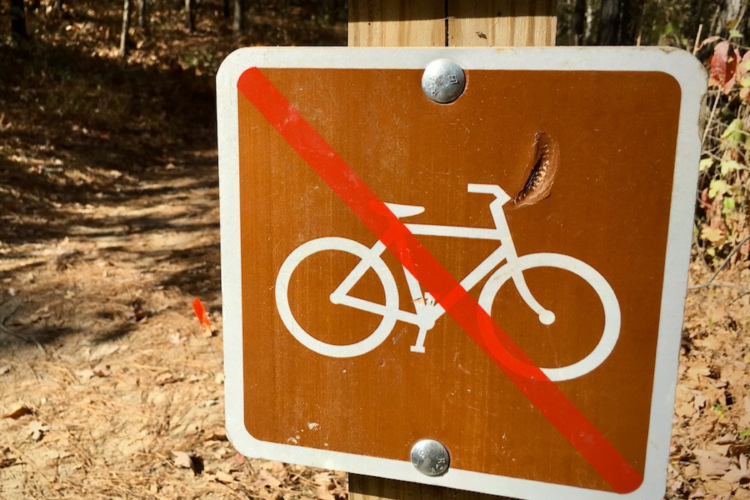
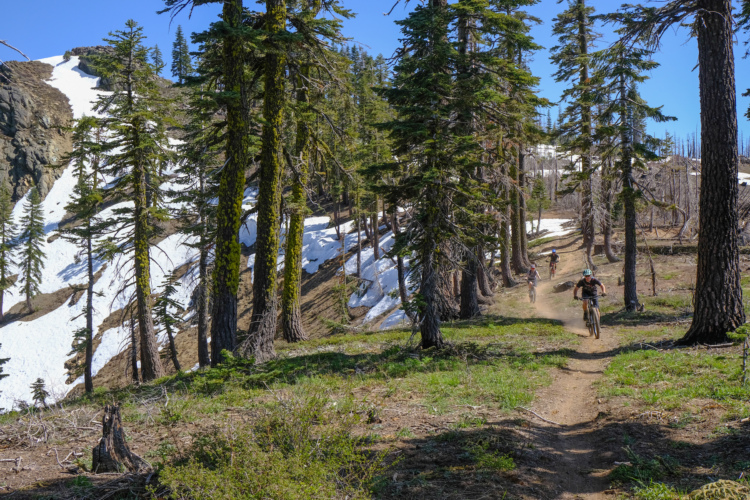
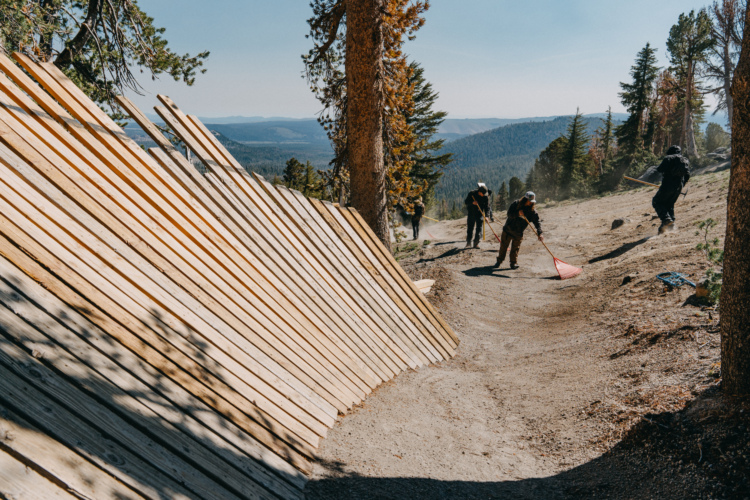

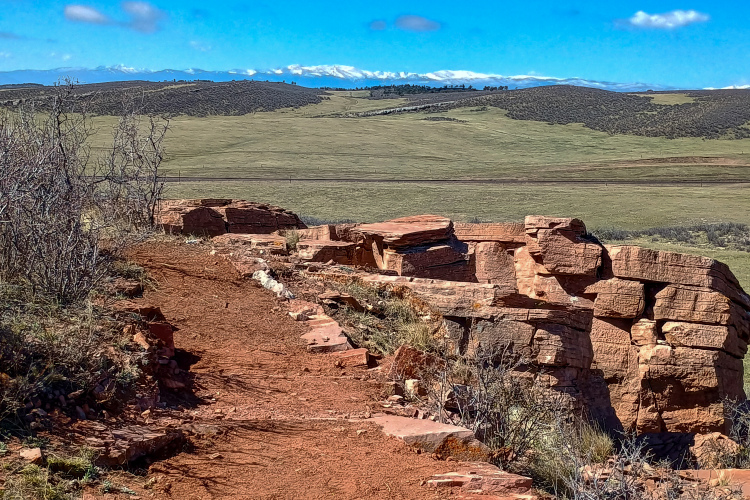

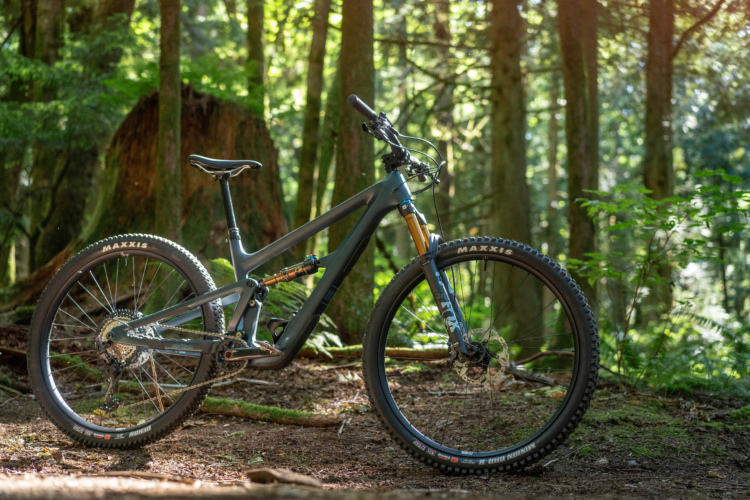
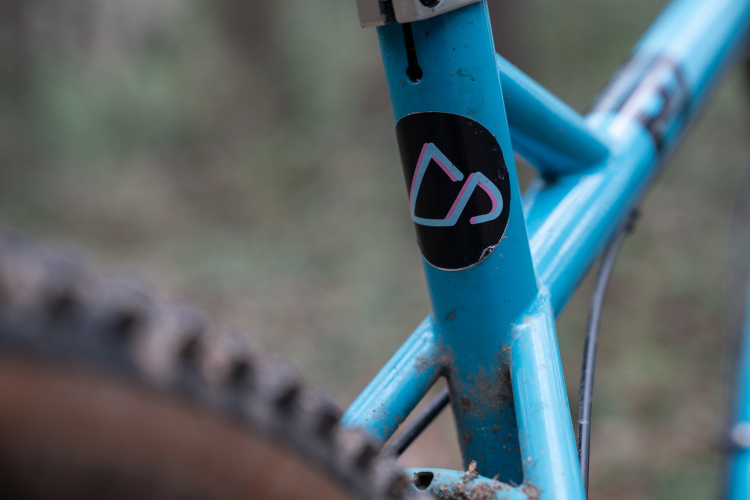

4 Comments
Nov 17, 2024
Nov 15, 2024
I do trail design and let me tell you, if someone came to be and wanted to do a shared MTB/hiker/horse downhill flow trail, I would tell them that is impossible. The speeds of MTBs coming down a flow trail are just too high for good shared use with hikers or horses.
I'm not being a jackass with this comment. But I think there are 2 realities here: 1) BONC may have pushed their permission a bit too far from its original intent and 2) the USFS are responding out of frustration and maybe not with the consideration they should.
Side note here: if you are doing in-person meetings with any public staff, always secretly record them for future use. Especially on-site discussions.
Nov 15, 2024
Dec 23, 2024
dog in the fight.